Empire of the Sum: The Rise and Reign of the Pocket Calculator
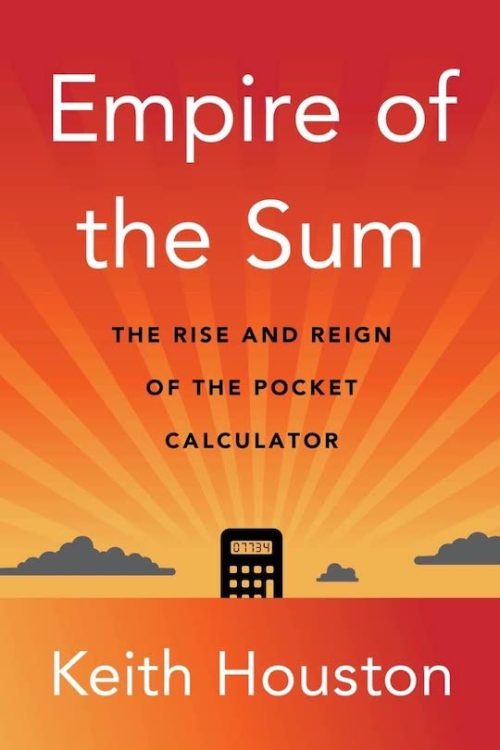 by Keith Houston
by Keith Houston
Me: “So, tell me about pocket calculators.”
Keith Houston: “I am so glad that you asked!”
My HP 11C is now forty years old. It is still in frequent use and a loyal friend when it comes to crunching numbers. Since I acquired it in 1983, it has been literally around the world several times, visited goodness knows how many countries, and dealt with a smorgasbord of mathematical challenges. While I was at DARPA it rarely had a day off while I tackled some sort of problem tossed at me as we bumped into what was then the edge of the simulation world. No telling how many times I have created programs to run on it or fed them in to check some issue we were dealing with.
On the other hand, an ordinary, everyday sort of pocket calculator tends to baffle me. Why? Because Hewlett-Packard’s 11C uses RPN! Which stands for Reverse Polish Notation which, of course, is pretty much how computers deal with numeric operations. Yay and hurrah for RPN! I only wish I had the 11C while in high school because math would have been a snap. And, definitely later on in college, especially in grad school with my research classes. It would have made the Math or Research 790/800-whatever courses a breeze. Even historians need such tools. The HP 11C has been one of those vital tools in my Historian’s Toolbox for decades now. I cannot imagine life without it now.
I literally stumbled over Empire of the Sum: The Rise and Reign of the Pocket Calculator by Keith Houston. I was looking for a replacement copy for a book that is frequently recommend to budding historians (and those who might need to understand the need for such things), The Footnote: A Curious History by Anthony Grafton (Harvard University Press, 1997) when a different book by Houston popped up as well, Shady Characters: The Secret Life of Punctuation, Symbols & Other Typographical Marks (Norton, 2013)—roll that book title around in your head; there is cleverness there. And that book led to this book.
Literary catnip.
Houston’s day job is writing medical imaging software but at night his mind and imagination alight on topics many of us don’t give a second thought. Empire of the Sum is not necessarily just about pocket calculators, but rather how we got around to having them everywhere. That the pocket calculator (some of us prefer “handheld calculator” or HHC) is yet another example of how some items just “suddenly seem to appear” in our lives, much like the refrigerator or color television or the microwave oven, is generally overlooked and therefore not really appreciated. That is, until you begin to notice its ubiquity. As Houston points out, there are probably several stuck in drawers in the average home.
What Houston achieves, other than a fine take on the HHC, is a wonderful take on the idea of calculation, in a way that the general reader can not only grasp quite easily but that is also rather entertaining. I found the many asides and notes not only informative but actually funny. Well, I did, but then I still use a forty-year-old HP 11C and once rewrote the training manual for the TI-59 HHC for the Field Artillery School at Fort Sill. (Never mind that Hewlett-Packard discontinued the TI-59 just when it was being considered for adoption as the companion to TACFIRE). Then there was the TI-75 or BUCS (Backup Computer System) that I messed around with as well.
Empire of the Sum is the sort of offbeat book that one needs to read every so often. I highly recommend it.
Did I mention that it is Literary Catnip?
Coda: Yes, Dear Reader, I know that he got the date wrong for the launching of Sputnik (p. 244), and it should be 1957 and not 1959. I think that could be chalked off as a genuine typo, especially given its context. If there are any other such errors, they slipped by me.
Random musings, from a military man: Sure, it would have been nice to see something on the FADAC, the M18 Field Artillery Digital Automatic Computer, that was still in use in Field Artillery Fire Direction Centers (FDC) until well into the 1980s after being introduced the mid-1960s. Freddy FADAC was something used along with the “charts and darts” in an FDC, but it could be a bear to deal with as they aged and got cranky, crapping out in the middle of completing a fire mission or just losing a Nixie tube at an inconvenient time and other such ways of making life difficult. Despite knowing the FADAC inside and out, mine died during a test-out while in the Advanced Course and I was doomed to several days of classes that I could have ( . . . and had!) taught. At least I was not the only victim of Finicky Freddie in my class. Every single one of us was there because our FADAC crapped out during the test-out. We convinced the instructor to let us take the test once more with a reliable FADAC, not always two words that went together by then. We all tested-out.
Copyright 2023, Don Capps (speedreaders.info).


 RSS Feed - Comments
RSS Feed - Comments
























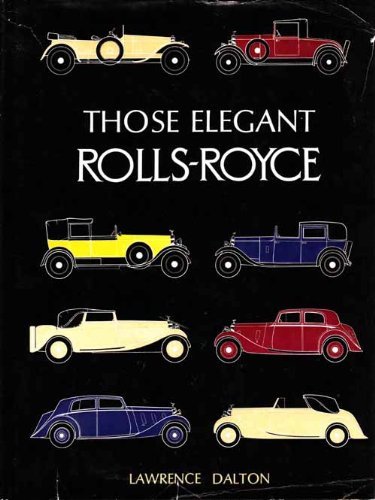







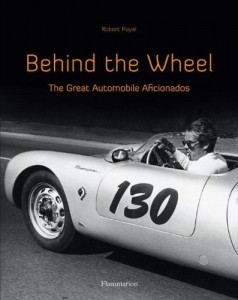
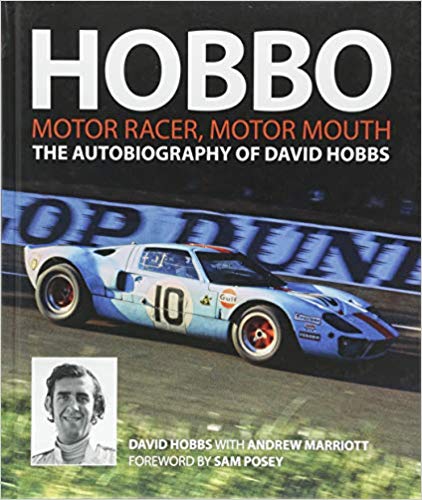





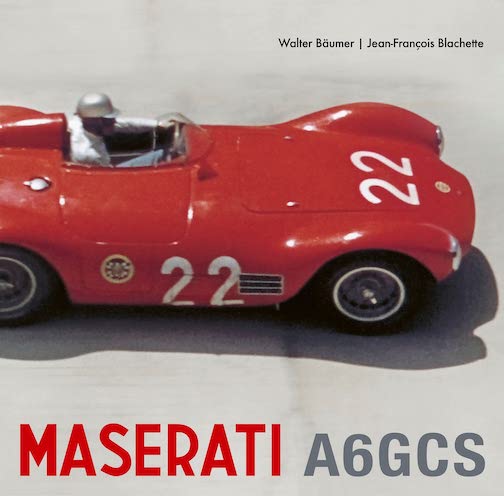







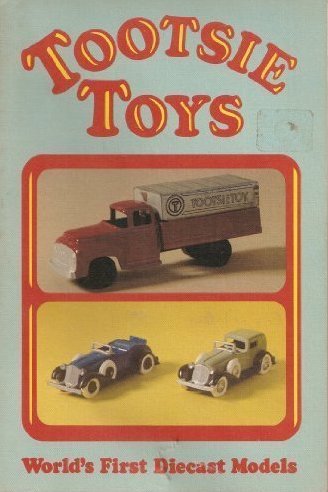
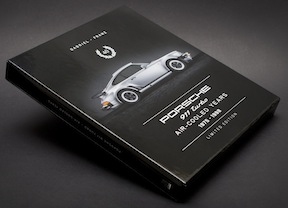




















 Phone / Mail / Email
Phone / Mail / Email RSS Feed
RSS Feed Facebook
Facebook Twitter
Twitter